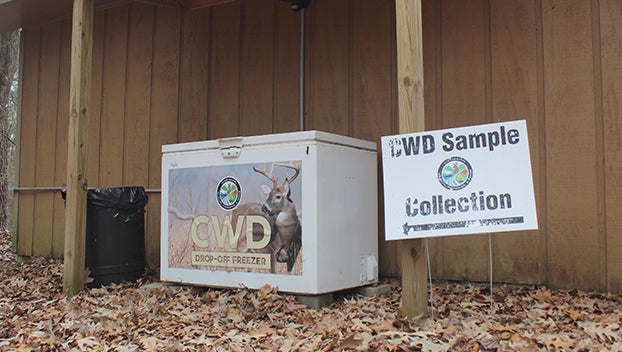What happened in 1964? And why does it matter?
Published 4:28 pm Wednesday, July 31, 2024
|
Getting your Trinity Audio player ready...
|
What do you know about what was happening in our world sixty years ago?
Some folks lived and breathed it. Some know very little. But these often little-understood local stories are vital American stories, and we all should know them.
From today’s perspective, the rigid social and economic system of racial segregation that existed in the South up through the 1960s is almost inconceivable – as is the violent retribution that often accompanied any perceived violation of those norms.
I was one such child of the 1960s, growing up white in Vicksburg, largely unaware of the Civil Rights Movement swirling around me.
A temporary exhibit entitled “1964” will help you put the pieces together. The exhibit is displayed in the South Slave Cabin at Melrose (#1 Melrose-Montebello Parkway) through September. It is open to the public free of charge between 8:30 am and 4:45 pm, seven days per week.
The exhibit is divided into portions that each demonstrate a particular set of actions that set 1964 aside as a pivotal year for Natchez, for Mississippi, and for the U.S.
It begins with a summary of the preceding decade when the murders of Emmett Till and Medgar Evers and the violence around James Meredith’s admission to Ole Miss placed Mississippi at the epicenter of the nation’s emerging civil rights activism.
It continues with a look at actions going on around Mississippi in 1964, and those happening right here.
Andrew Goodman, Mickey Schwerner, and James Cheney were workers with the Student Nonviolent Coordinating Committee (SNCC) investigating a church burning in Philadelphia, Mississippi, when they were kidnapped and murdered. The statewide search for their bodies inadvertently turned up two missing men who had been killed in the Natchez area: Charles Moore and Hezekiah Dee.
Dorie Ladner was just one of the SNCC workers who came to Natchez to help register people to vote and conduct special educational sessions for children during “Freedom Summer” 1964.
On July 2, 1964 (Medgar Evers’ birthday), President Lyndon B. Johnson signed the Civil Rights Act of 1964 into law, in front of a crowd that included Dr. Martin Luther King, Jr.
Former sharecropper Fannie Lou Hamer became the national face for the Mississippi voting rights movement when she testified on behalf of the Mississippi Freedom Democratic Party at the 1964 Democratic National Convention in Atlantic City, New Jersey.
In 1964 Natchez lay at the center of a belt of intense violence carried out by the Ku Klux Klan that extended from Ferriday, Louisiana, to McComb and Brookhaven, Mississippi. The Klan marched brazenly down Natchez’s Main Street in full regalia with their faces exposed. Black mortician Archie Curtis, chairman of the Natchez Business & Civil League’s voter registration drive, was assaulted by Klan members.
The body of Joseph Edwards, who was killed shortly after the signing of the Civil Rights Act, was never found. This cold case will be the focus of a talk by Stanley Nelson at the Historic Natchez Foundation at 6:00 pm on Thursday, August 29.
The Natchez community responded to these events with boycotts and sit-ins, especially by Black high school students. The Deacons for Defense and Justice took up arms to protect civil rights workers. The following year would be even more significant for the Movement.
These events are memorialized at two additional national parks in Mississippi: The Medgar and Myrlie Evers Home National Monument in Jackson and the Emmett Till and Mamie Till-Mobley National Monument in Sumner, Mississippi, and Chicago, Illinois. For more information, visit www.nps.gov/natc, www.nps.gov/memy, and www.nps.gov/till.
Kathleen Bond is the superintendent of Natchez National Historical Park.








